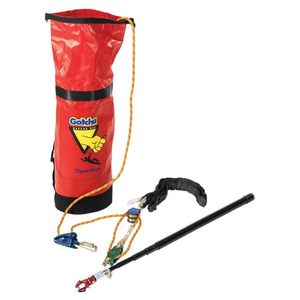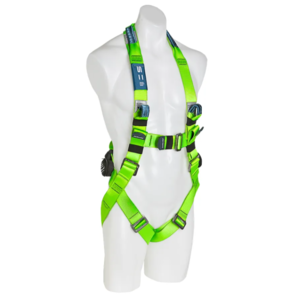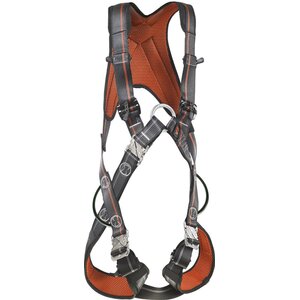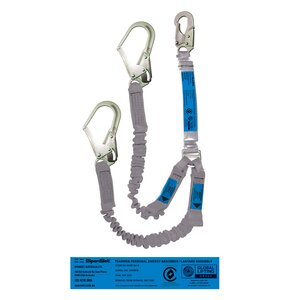Ensuring the safety of personnel involved in these operations is non-negotiable when lifting and rigging. Fall protection is one of the most critical aspects of safety management in these industries. Fall incidents can result in severe injuries or fatalities, making fall protection an indispensable component of any lifting and rigging operation. In this guide, we'll delve into the paramount importance of fall protection measures and their role in safeguarding workplace lives.
![]() Preventing Catastrophic Accidents
Preventing Catastrophic Accidents
The consequences of falls during lifting and rigging activities can be catastrophic. Even a minor fall can lead to severe injuries, such as fractures or concussions. Implementing robust fall protection measures is vital to minimise these risks and ensure the well-being of workers involved in tasks at height.
![]() Compliance with Safety Regulations
Compliance with Safety Regulations
Adhering to stringent safety regulations and standards set by governing bodies is crucial. These regulations often outline specific fall protection requirements to mitigate hazards associated with working at heights.
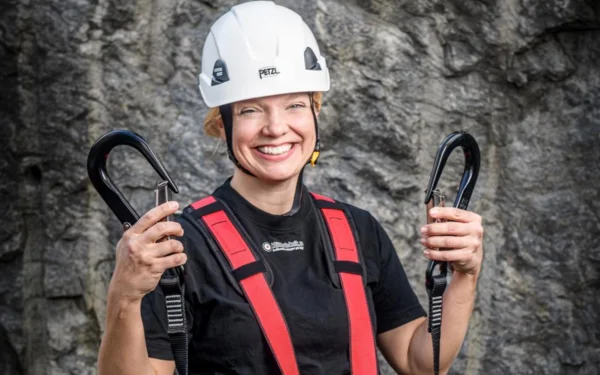
![]() Comprehensive Risk Assessment
Comprehensive Risk Assessment
Conducting a thorough risk assessment before commencing any lifting or rigging operation is critical. Identify potential fall hazards, assess their severity and implement preventative measures accordingly. This includes providing appropriate fall protection equipment and ensuring its proper use by trained personnel.
![]() Utilisation of Fall Protection Equipment
Utilisation of Fall Protection Equipment
Selecting and utilising the proper fall protection equipment is pivotal. This includes harnesses, lanyards, lifelines, guardrails and anchor points. Regular inspection, maintenance and adequate training on the correct use of this equipment are essential to ensure its effectiveness and reliability.

![]() Training and Education
Training and Education
Proper training and education of workers involved in lifting and rigging operations cannot be overstated. Employees should undergo comprehensive training sessions that cover fall hazards awareness, good use of protective equipment, rescue procedures, and emergency response protocols. Regular refresher courses and updates on safety protocols are also crucial to keep everyone informed and vigilant.
![]() Cultivating a Safety Culture
Cultivating a Safety Culture
Fostering a culture of safety within the workplace is essential. Encouraging open communication, reporting near misses and actively involving employees in safety initiatives contribute to a safer work environment. When safety becomes a shared value, the entire team remain vigilant, reducing the likelihood of accidents.
Fall protection is not merely a legal obligation but a moral responsibility. Prioritising the safety of workers in lifting and rigging operations through comprehensive fall protection measures is paramount. By implementing robust safety protocols, providing adequate training, utilising proper equipment and fostering a safety-orientated culture, organisations can significantly mitigate the risks associated with falls, ensuring a secure and efficient workplace.
At CERTEX Lifting, we prioritise safety above all else. Our dedicated team is here to help with any inquiries, guidance, or assistance regarding fall-protecting equipment.
